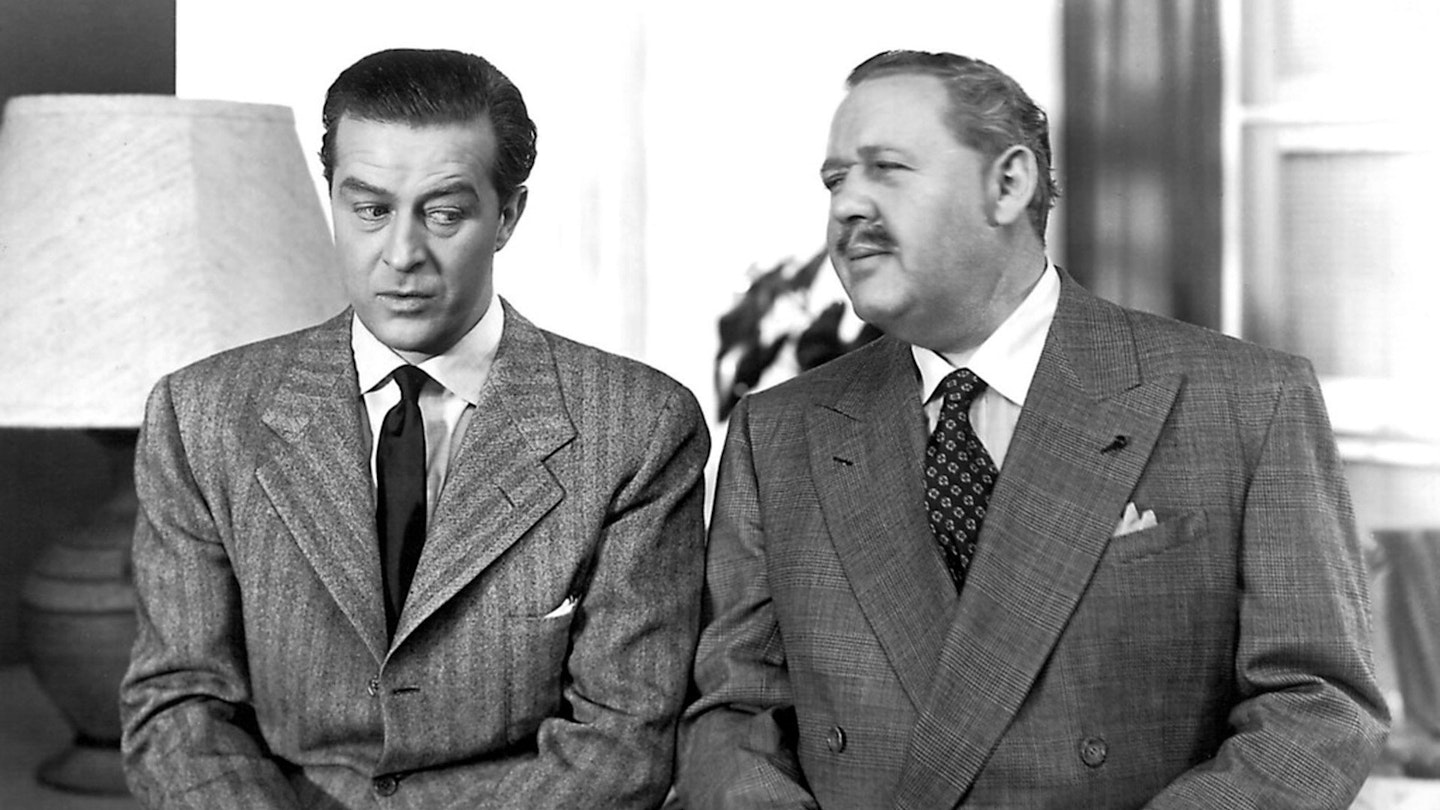An outstanding Paramount film noir, directed by the dependable, underrated John Farrow, this is a Hitchcockian ‘wrong man’ movie, based on the novel by Kenneth Fearing. With an absurd splash of moustache and a scary mean little boy presence, Laughton makes an impressive, self-loathing, megalomaniac villain (based on publisher Henry Luce). As in many noirs, the villains are all sexually strange: scarfaced George Macready as Laughton’s coded-as-gay right-hand-man and usually loveable Harry Morgan as an all-in-black masseur-murderer.
Early on, the film establishes the *Crimeways *technique for tracking absconders, a lo-tech blackboard to which more and more clues are added as the picture of the unknown man becomes more detailed, then Milland squirms as the description comes more and more to resemble him. There are domestic time-outs that ought to add tension but become tiresome, wasting Maureen O’Sullivan in the draggy role of the wife who is always on the point of leaving Milland because he spends too much time at work.
Elsa Lanchester has a funny bit as an eccentric painter with a brood of fatherless kids who is commissioned to do a sketch of the culprit she glimpsed and turns in a Picasso-esque abstract. In its fiendishly brilliant plot construction and media empire milieu, it is far more memorable than the remake No Way Out, which uses a Washington political backdrop and adds a gilding-the-lily plot twist that undoes the still-potent premise.
